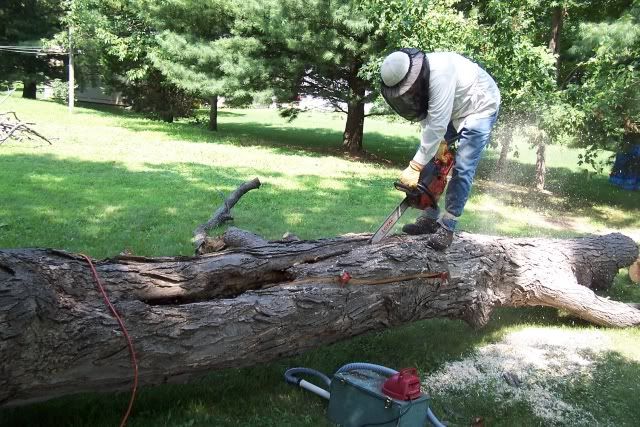LOL...Nice story. A similar thing happened to my brother a few years back.
He was cutting down a tree and all of the sudden there was blood all over the place. He checked himself thinking that may he had cut himself with the saw, but didnt find anything.
Then, he kicked the log and out came this big racoon that must have been in the tree and ended up getting cut by the chainsaw.
From what he told me, the racoon started to come after him, so he shut the saw off, put it down, picked up his axe and beat the racoon to death with the blunt end.
It was funny, he said to me, "you'd be surprised at how hard racoons are to kill. I had to hit that crazy thing at least 5 or 6 times before it died."






